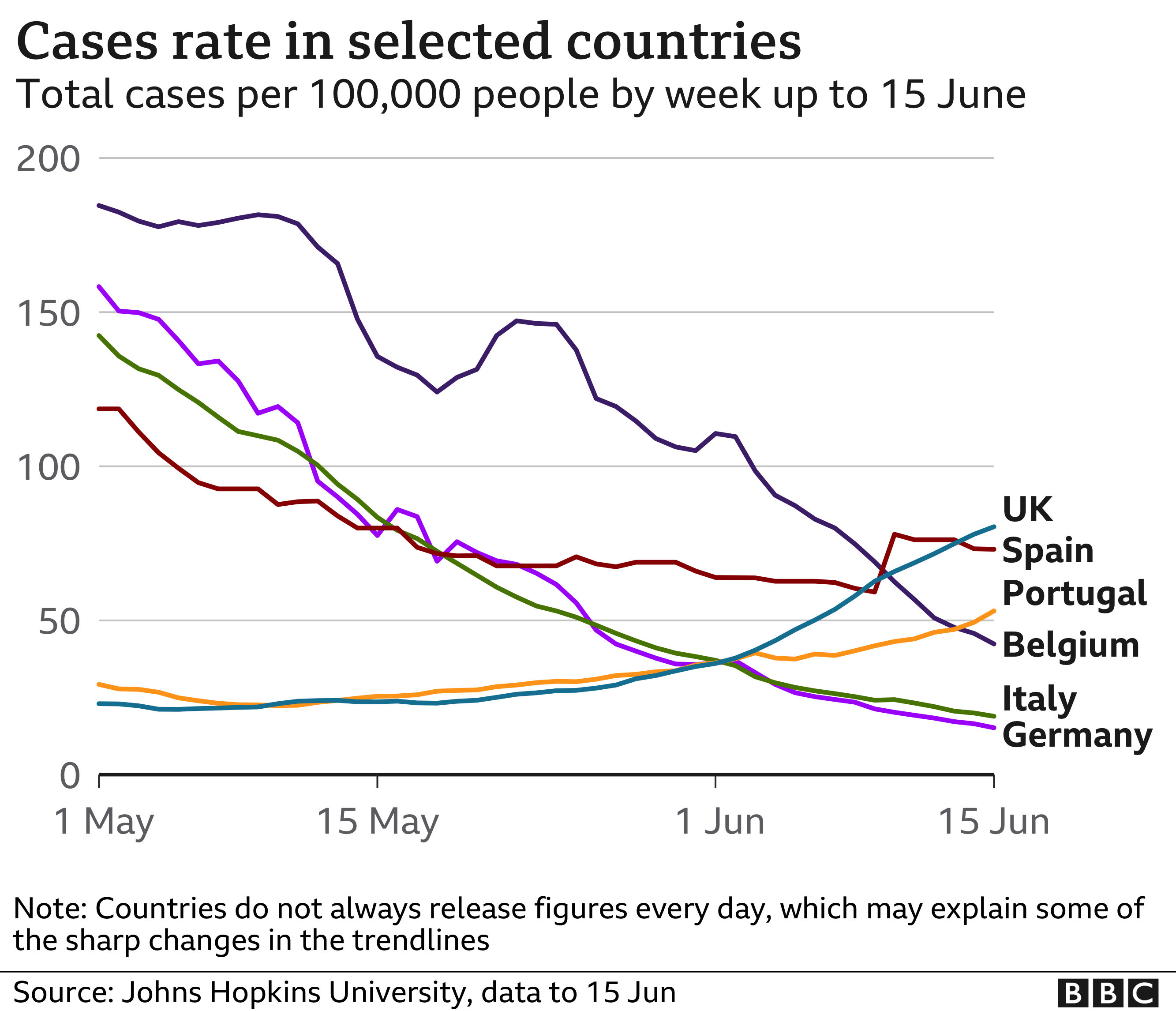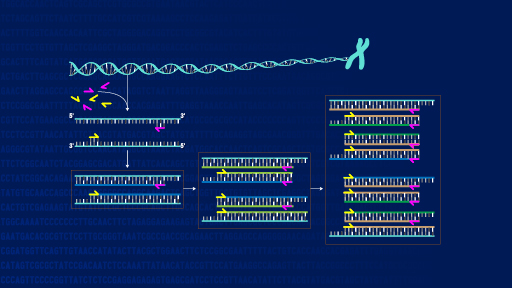1- A fundamental property of viruses is replication. One person that is today found with low viral load today might have higher load tomorrow, and we don't check them every other hour.
Yes. But that can go either way: getting ill (more covid in the future), and getting better (less covid in the future)
Also the PCR test checks a very small sequence that you can not say for certain it's inactivated virus or alive (or even something else) - not that it's bad thing, it's errs on the side of false positives and less on the side of false negatives, which would be bad, right?)
The process of multiplication is explained here but the explanation has a BIG error confusing RNA with DNA(*1) (coronavirus is RNA, not DNA). It's the RNA that is unzipped into 2 strands by heating, then the complementary building blocks are gravitated to join the gaps by cooling a little, then they repeat it:
Polymerase chain reaction (PCR) is a technique used to "amplify" small segments of DNA.

www.genome.gov
note that due to the fact that the sequence is so short, above say an amplification of 45, everything tests positive. From papaya's to cocacola to (even!) water.
The thing is, not all countries have the same amplification. And there's a protocol to do less amplification for vaccinated, because, I think, it suits a political agenda:
https://sentinelksmo.org/cdc-maximum-28-ct-for-post-vaccine-covid-pcr-tests/
Officially they state it as follows (source:
https://my.clevelandclinic.org/health/diagnostics/21462-covid-19-and-pcr-testing) with "very likely" and "probably/possible":
What do COVID-19 PCR test results mean?
A
positive test result means that it is
very likely that you have COVID-19. Most people have mild illness and can recover safely at home without medical care. Contact your healthcare provider if your symptoms get worse or if you have questions or concerns.
A
negative test result means you
probably didn't have COVID-19 at the time you took your test. However, it is
possible to be infected with SARS-CoV-2 but not have enough virus in your body to be detected by the test. For example, this may happen if you recently became infected but you don’t have symptoms, yet; or it could happen if you've had COVID-19 for more than a week before being tested. Keep in mind that a negative test doesn’t mean you are safe for any length of time. You can be exposed to COVID-19 after your test, get infected and spread the SARS-Cov-2 virus to others.
*1 Or, if you put on your tinfoil hat, they ARE testing for DNA and not RNA... and then you get
this. (I reported on this at the start of the other locked covid thread)




